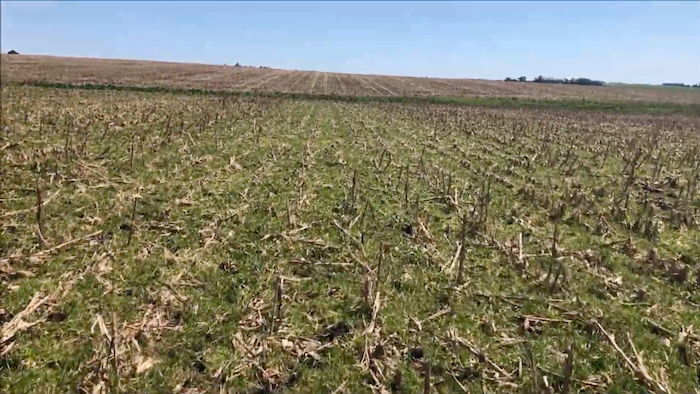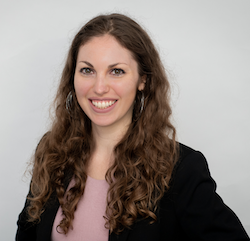Uruguayan no-tiller Gabriel Carballal knows a crop’s success or failure starts with the soil. That’s why the award-winning no-till advocate and farmer believes no-till is the best farming method for the world.
Carballal grows wheat, barley, canola, oats, GM soybeans, GM corn, rye and forages. He also raises beef cattle with the farm’s 7 employees.
Carballal’s roots are in no-till. His father was one of the founders of Uruguay's National No-Till Association, and Caballal has continued in his footsteps as a no-till advocate.
“I truly believe that’s the best way of farming, not only here in Uruguay, but also all around the world,” Carballal says. “It’s a way of improving the environment while creating food, which is incredible.”
No-till does just that by protecting the soil with residue. Leaving residue on the soil, rather than burning it as is the common practice in many countries, improves the soil, captures carbon from the atmosphere, prevents erosion and saves water.
Carballal’s operation utilizes residue from soybeans, canola and barley that he rotates in and out of production, along with residue left behind following a harvest or cover crops planted between food crops.
“Farmers work the land, but we prefer not to disrupt the soil,” Carballal writes in a column for Global Farmer Network. “Rather than ripping up our fields by plowing between plantings, I try to keep moisture and nutrients locked in the ground. This is good for the soil as well as for the climate because it improves the carbon sequestration, storing carbon in the soil. That is a key part of any sensible climate strategy.”
Soil science is a fundamental part of what farmers do, Carballal says. Farmers should seek to maintain and improve its quality.
“Like doctors who size up patients just by looking at them, good farmers can recognize the health of soil just by standing in its presence,” Carballal writes. “I like to think that healthy soil resembles a healthy and hygienic person. It’s strong and has great color. You don’t even have to use your eyes: Healthy soil simply smells good.”
Healthy soil also looks good. Carballal describes the best soil as a balance between lime, sand and clay with all kinds of roots and holes from worms and other organisms.
“Sometimes we think of dirt as dead, and it can be, but the healthiest soil is gloriously alive,” Carballal writes.
To Carballal, getting the most out of healthy, living soil means using the best seeds available, including those with GM and gene-editing traits that fight weeds, pests, disease, extreme weather and more. Using less productive crops wastes what the soil provides, Carballal says.
“Because of all the stress the world continues to put on the environment — industrialization, urbanization and population growth — we’re called on to grow more food on less land,” Carballal writes. “The only way to meet this challenge is to invest in the health of our soil. Our health and the health of our world depends on it.”
Related Content
The ‘Do Nothing’ No-Tiller: In explaining why his no-tilled fields looked so much better than those of his neighbors across the road that were extensively tilled, South American no-till pioneer Roberto Peiretti indicated it was because he had simply “done nothing” while others worked their ground.
South America Focuses On Soil Quality: After 30 years of rapidly expanding agriculture, South America is turning its focus from developing new fields to taking better care of those already in production.
10 Tips for No-Till Success in South America: No-till pioneer Rolf Derpsch put together this list of 10 essential items for no-till success under South American cropping conditions.
The No-Till Passport series is brought to you by Martin Industries.
Since 1991, Martin Industries has designed, manufactured and sold leading agriculture equipment across the U.S. and Canada. Known for Martin-Till planter attachments, the company has expanded to include a five-step planting system, closing wheel systems, twisted drag chains, fertilizer openers and more in their lineup. Their durable and reliable planter attachments are making it possible for more and more farmers to plant into higher levels of residue.








